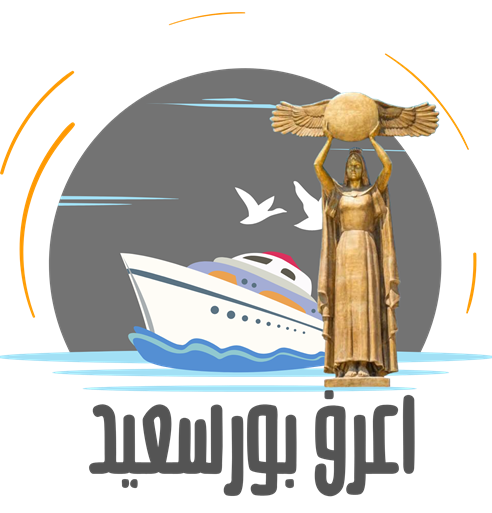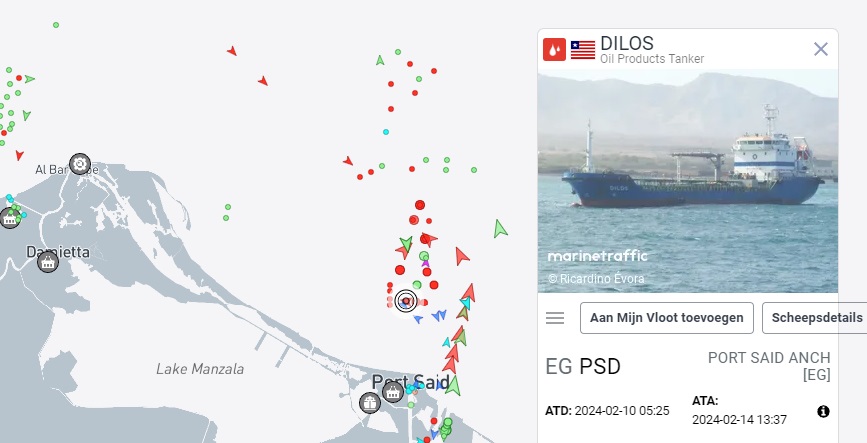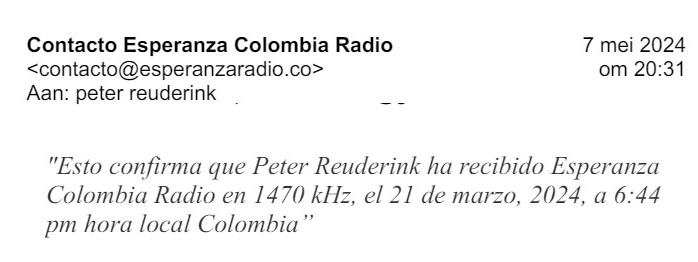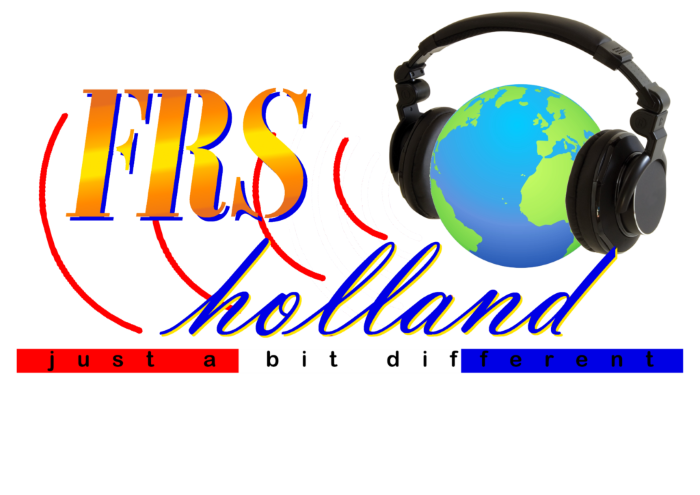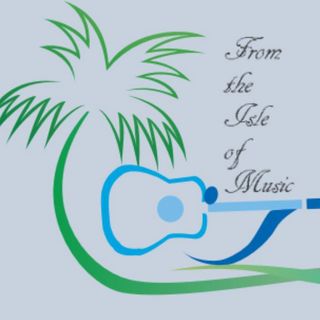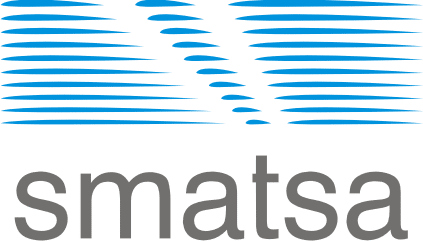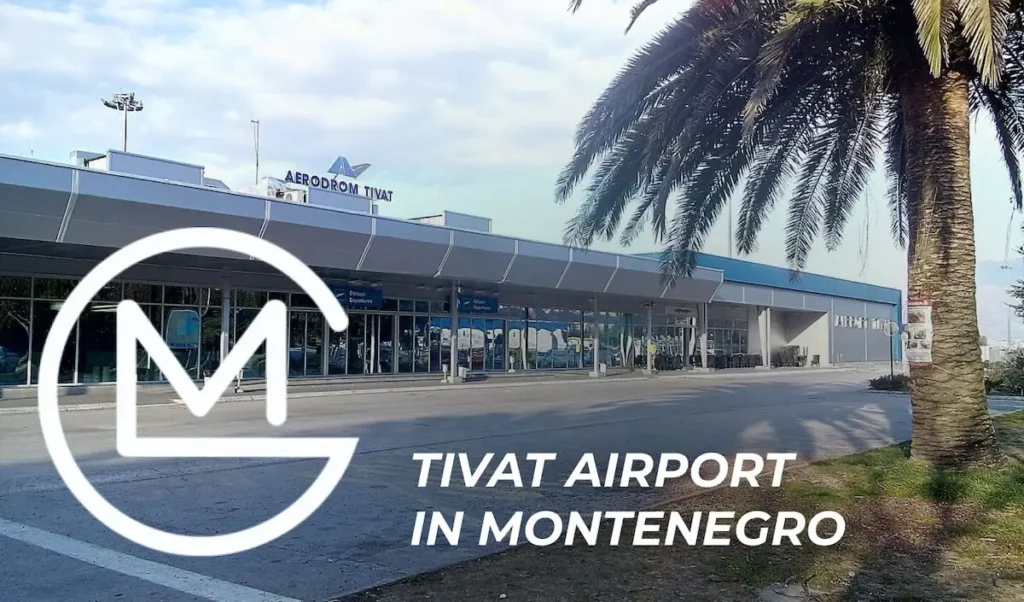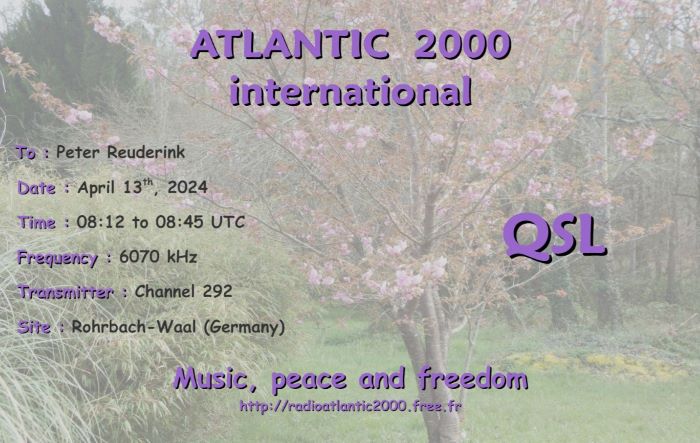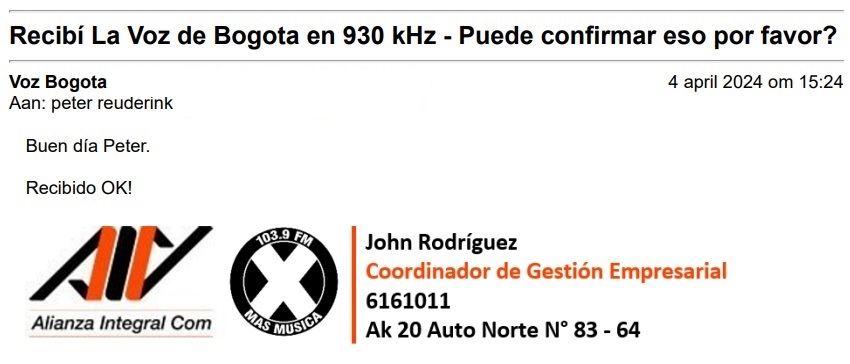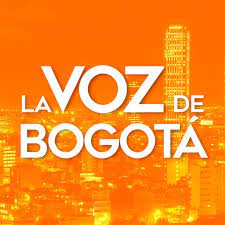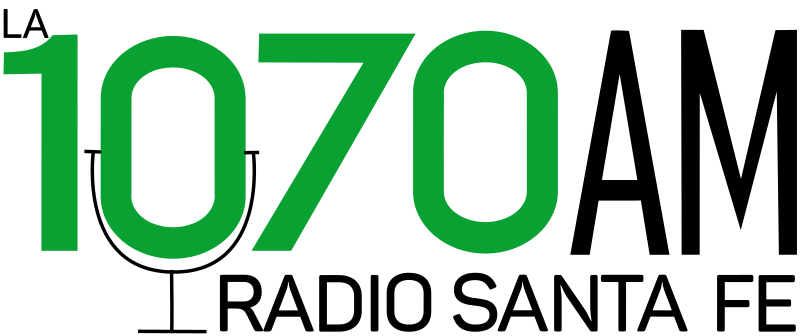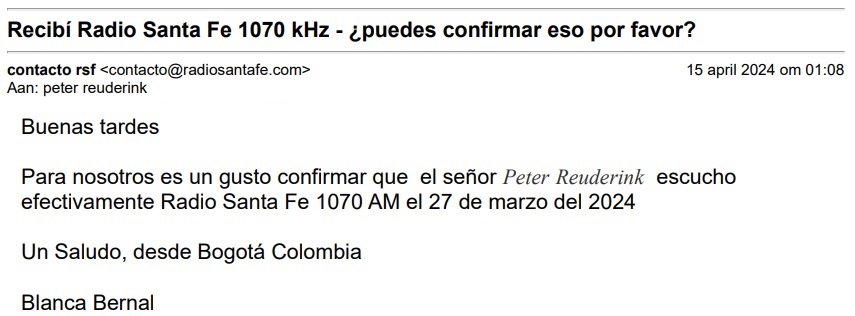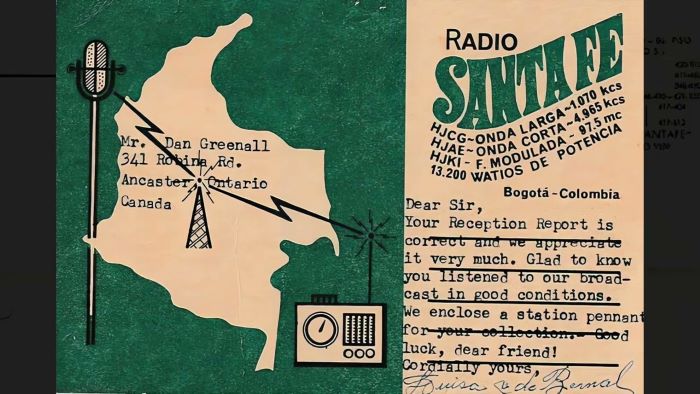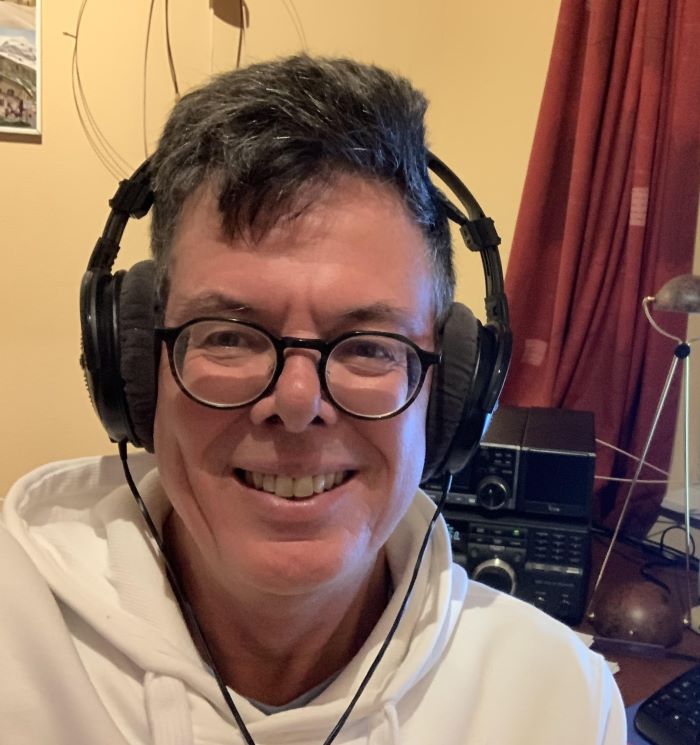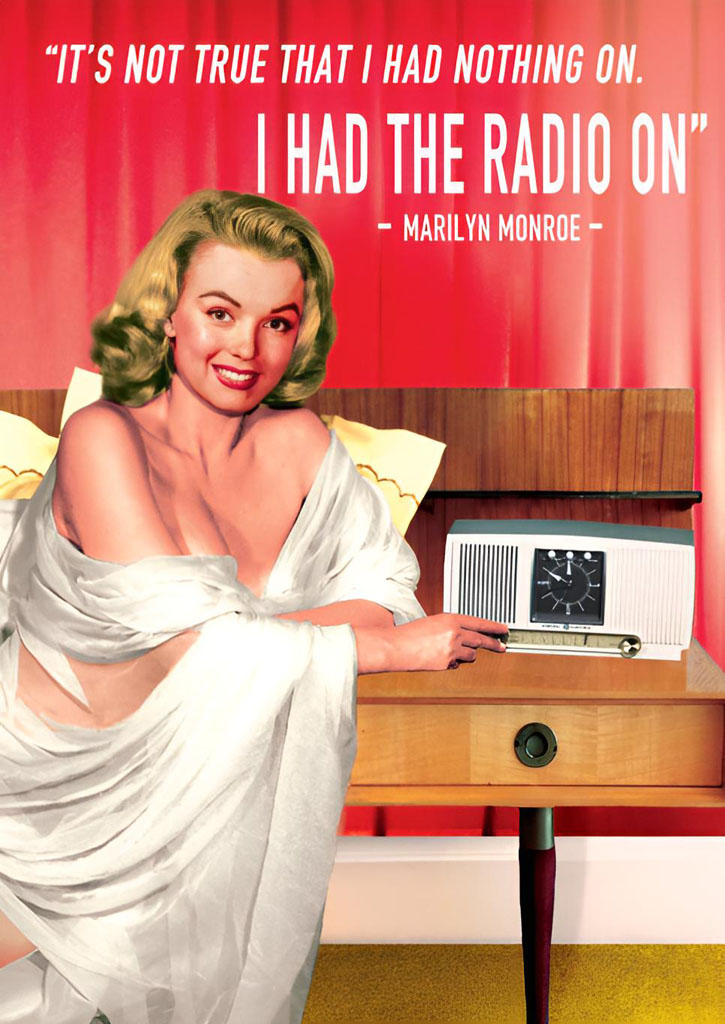For lovers of Cuban music: “From the Isle of Music” will be on air May 11th, via Channel 292. I heard them earlier this month, read my other post for details. A week later there will be a program “Uncle Bill’s Melting Pot” that I’ve not had the opportunity to listen to. Below see the announcements I got per email from William “Bill” Tilford, Owner/Producer Tilford Productions, LLC:
From the Isle of Music, May 11, 2024 Broadcast:
The main feature will be special guest Kiki Valera with some of his new son cubano album “Vacilón Santiaguero”.
Broadcast times: May 11: 0900-1000 UTC 9670 kHz &
1900-2000 UTC 3955 and 6070 kHz
Uncle Bill’s Melting Pot, May 18, 2024 Broadcast:
The main feature will be special guest Eugene Pao, Hong Kong’s foremost jazz guitarist, with some of his new album “Jazz at Lincoln Center”, recorded live during a tour of the US.
Broadcast times: May 18 0900-1000 UTC 9670 kHz &
1900-2000 UTC 3955 and 6070 kHz
Both programs will feature additional music to round out the hour.
It’s great to be back on Channel 292!

